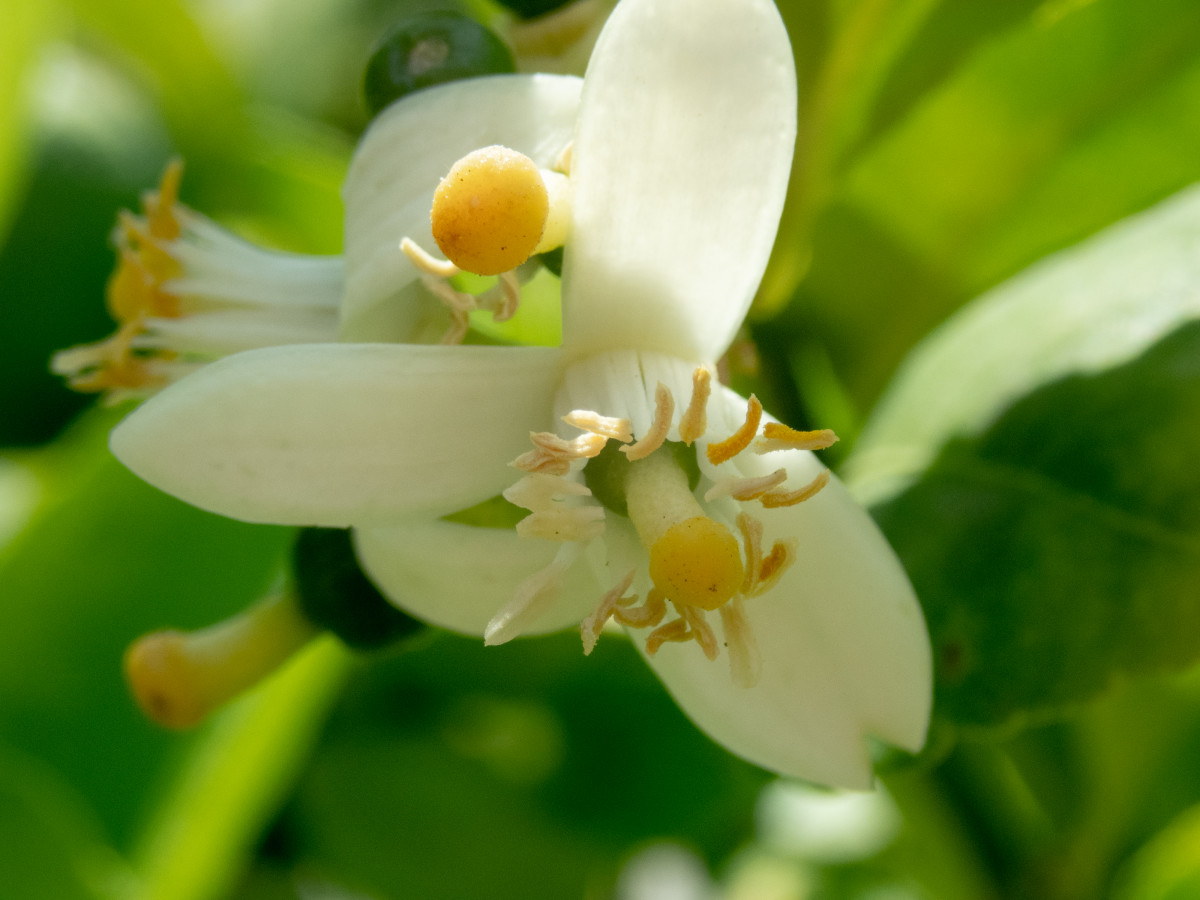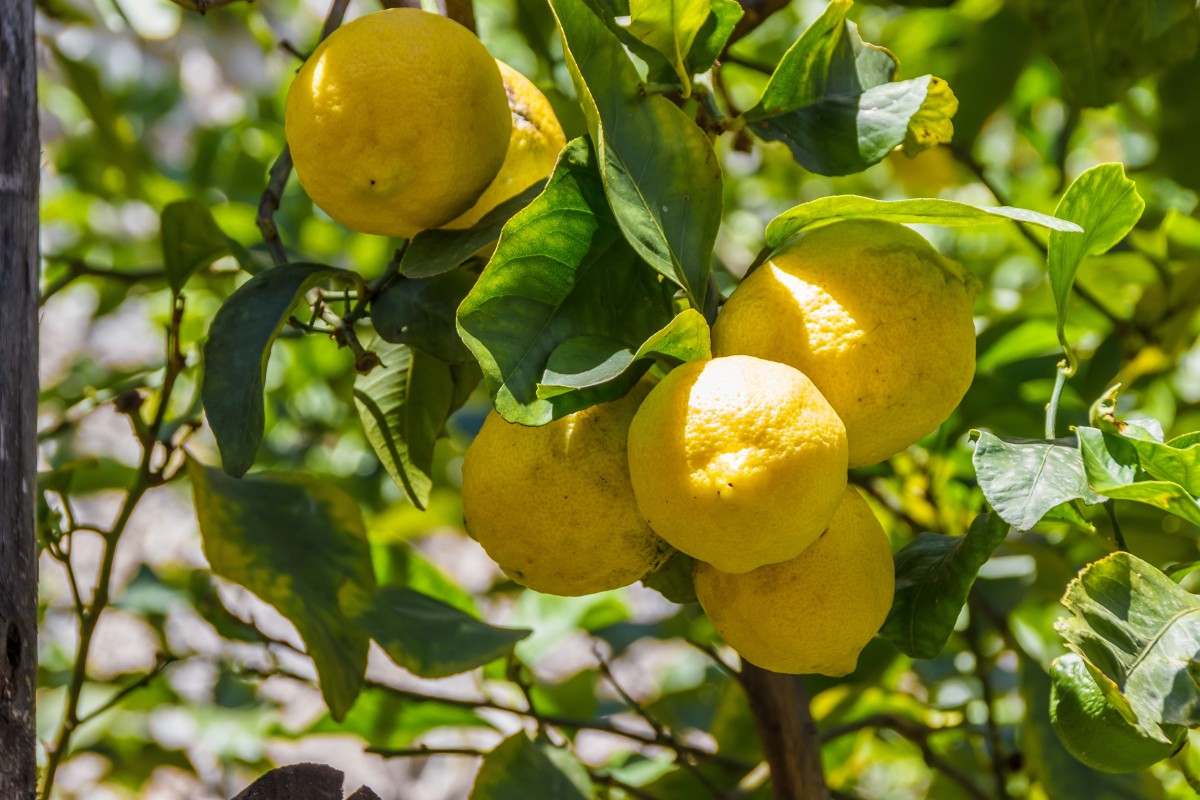How to Prune a Lemon Tree
Contents
– Focus on the lemon tree
– Step 1: Carry out the formation pruning of the lemon tree
– Step 2: Prune the lemon tree for fruiting
The lemon tree undergoes two types of pruning:
– formation pruning, which aims to form a small tree with a spherical crown;
– the fruiting pruning aims to thin the crown, renew the branch and shorten the shoots of the past year.
Here is a step-by-step guide to pruning a lemon tree.
Focus on the lemon tree
Citrus trees do not tolerate wounds larger than 2-3 cm in diameter.
Grafting lemon trees
Lemon trees are grafted 25-30 cm from the ground on rootstocks such as
– Poncirus trifoliata: three-lobed leaves and inedible fruits, very resistant to cold (-18 °C) but sensitive to limestone.
– Citrange Troyer or Carrizo (hybrids between the orange tree and Poncirus): three-lobed leaves (slightly larger than Poncirus), edible lemon peel, tolerant to limestone, cold hardy to -10 °C.
– Citrus limonia ‘Volkameriana’ (hybrid, between lemon and bitter orange): delicious round lemons, tolerant to -6 °C.
The flowers of the lemon tree

The formation of lemon flowers requires 3-4 months at a temperature below 13 °C without watering. That’s why it’s not suitable to overwinter citrus trees in a room with too much heat. Prefer a bright room or a frost-free greenhouse where the temperature varies between 0 and 10 °C. This phase should be followed by a gradual resumption of watering, light pruning and fertilization, especially for potted plants.
The fertilization of the flowers does not generally pose a problem (no self-incompatibility). Each flower bud contains a small shoot bearing one to several flowers and a variable amount of leaves.
The buds appear:
– On twigs born on 2-year-old wood (75% of buds);
– On the previous year’s shoots, the tree can produce 3 shoots in the year (in spring, summer and fall).
1. Carry out the formation pruning of the lemon tree
The formation pruning of the lemon tree aims at forming a small tree with a spherical crown. It forms a tree with a short trunk, 50-60 cm high, with 3-4 carpenter branches (main branches coming from the trunk), according to the following steps.
Spring n
Plant or take cuttings of the rootstock.
Spring n+2
In May, graft the variety onto the 2-year-old rootstock 20-30 cm above the ground.
Cut back the rootstock in June to encourage the growth of the scion.
Winter n+2
At the end of the vegetative season, the eye of the graft has formed a shoot with some anticipations.
Winter n+3
Select 3 carpenters well distributed around the axis, 15 cm apart and located above 50-60 cm from the ground.
Bring the arrow down to about 80 cm from the ground, just above the 3rd carpenter.
Winter n+6
The branching of the carpenters has thickened.
Remove the branches that grow in the tree’s center to promote sunlight.
Note: The increase in leaf area should form a low sphere to protect the bark and wood from cold.
2. Carry out the fruiting pruning of the lemon tree
The purpose of pruning the lemon tree for fruiting is to thin the crown, renew the branching and shorten last year’s shoots a little. It is done between the harvest and the new growth, that is to say, between mid-February and mid-April:
– Remove 1/3 of the old wood that did not bear fruit the previous season.
– The following two years, do the same with the remaining old wood.
– Leave the fruiting branches. Just shorten them by 1/3 of their length to encourage the elongation of the sub-stems (branching of the stem born under the stem) that carry them.
– Remove excess sub-stems, which prevent good ventilation of the crown.
Note: be more severe with the upper part of the crown. This pruning should, however, remain light unless the tree lacks vigour and produces only small fruits.
– Remove the suckers (twigs that have grown spontaneously) by cutting on the footing (widened base of the twig) unless they are intended to renew a carpenter that has just been cut down.
– Remove the shoots from the rootstock.
Good to know: if the tree has suffered a severe frost, wait until vegetation starts to grow, and select the shoots to reform a framework.
Equipment needed to prune a lemon tree
Branch cutter
Pruning shears



